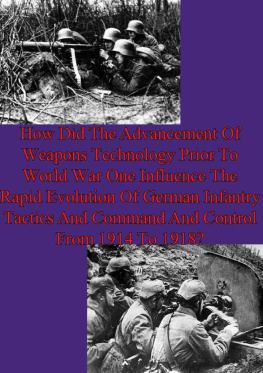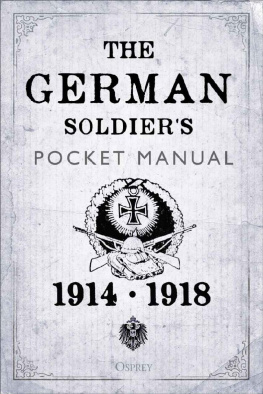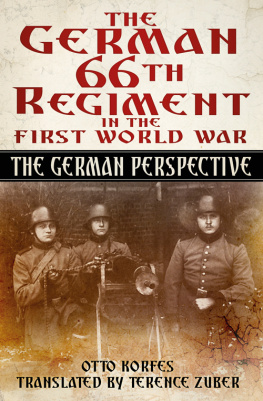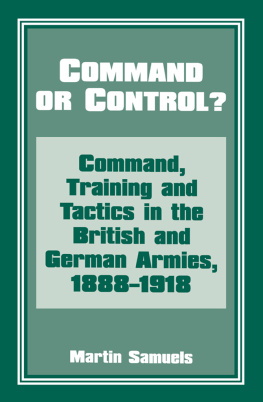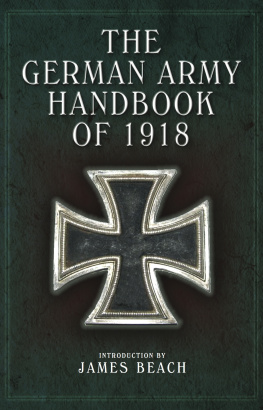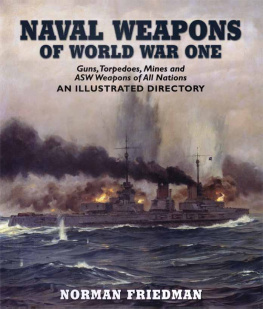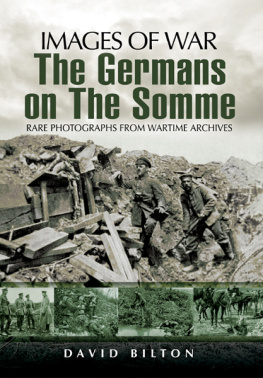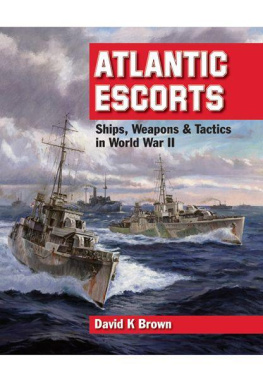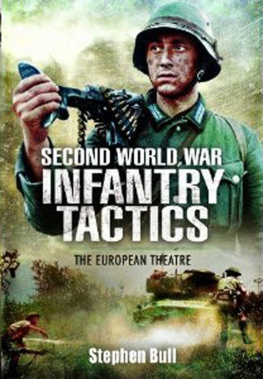This edition is published by PICKLE PARTNERS PUBLISHINGwww.picklepartnerspublishing.com
To join our mailing list for new titles or for issues with our books picklepublishing@gmail.com
Or on Facebook
Text originally published in 2002 under the same title.
Pickle Partners Publishing 2014, all rights reserved. No part of this publication may be reproduced, stored in a retrieval system or transmitted by any means, electrical, mechanical or otherwise without the written permission of the copyright holder.
Publishers Note
Although in most cases we have retained the Authors original spelling and grammar to authentically reproduce the work of the Author and the original intent of such material, some additional notes and clarifications have been added for the modern readers benefit.
We have also made every effort to include all maps and illustrations of the original edition the limitations of formatting do not allow of including larger maps, we will upload as many of these maps as possible.
HOW DID THE ADVANCEMENT OF WEAPONS TECHNOLOGY PRIOR TO WORLD WAR ONE INFLUENCE THE RAPID EVOLUTION OF GERMAN INFANTRY TACTICS AND COMMAND AND CONTROL FROM 1914 TO 1918?
by
MAJOR DANIEL T. LATHROP
TABLE OF CONTENTS
Contents
PREFACE
Bullets quickly write new tactics. Wilhelm Balck
The fact that there has been significant evolution in infantry tactics during the past century is taken for granted. Also, it is well documented that the predominant advancements in tactics took place between 1914 and 1918, during World War One, rooted within the German army. However, the cause and effect that initiated this rapid evolution is somewhat unclear. Was this advancement solely due to the inspiration of one or more German commanders of the time? Was this advancement in tactics a Revolution in Military Affairs? Or, was this merely an evolution in tactics resulting from advancements in fire power due to technology improvements in infantry weapons such as the machine gun, infantry rifle, field artillery, etc.
Prior to World War I the German army had studied and toyed with new tactics off and on. By 1914 they were still practicing traditional tactics against the Allies. The use of these tactics against the massive destructive capability of modern weapons available to both sides at the start of the war caused enormous numbers of casualties. The German army, in comparison to the Allies, was limited in numbers of soldiers and material and could not afford to continue to keep up with the high attrition rate. Necessity being the mother of invention, the Germans acted aggressively in finding a way to defeat the advanced firepower that emerged during the war. Through experimentation and training they developed the famous Storm Troops that momentarily broke the deadlock near the end of the war. After World War I these new tactics were taken up by other forces around the world and eventually led to German Blitzkrieg tactics of World War Two.
HOW DID THE ADVANCEMENT IN WEAPONS TECHNOLOGY PRIOR TO WORLD WAR ONE INFLUENCE THE RAPID EVOLUTION OF GERMAN INFANTRY TACTICS AND COMMAND AND CONTROL FROM 1914 TO 1918?
INTRODUCTION
The basics of modern infantry tactics were born on the battlefields of World War I. The seeds of this birth were laid prior to the Great War and then cultivated and hatched by the German army during the war. These offensive tactical developments culminated in what is agreed upon to be a Revolution in Military Affairs (RMA) in infantry tactics at the end of the war in 1918. This paper will demonstrate that this RMA is directly linked to the evolution of modern weapons that were used at the start of World War I, which was in itself a series of Military Technical Revolutions (MTR). These highly successful German infantry tactics evolved directly from a natural reaction to the devastating effects of modern weapons. In addition, the German armys ability to recognize the problem, initiate and experiment with new tactics, and then train and organize the army while in the middle of The Great War allowed them to fully develop these tactics placing them at a great advantage over the Allies.
Credit for the revolutionary offensive tactics of Stormtroops is often given to one or more German commanders who were thought to have invented them, such as Oskar von Hutier or Eric Ludendorff. It has also been postulated that these tactics originated from the Germans capture of the French pamphlet on improved tactics that the French themselves failed to adopt. Despite these theories, the development of Germanys infantry tactics in the offense was the product of the initiative and foresight of not one, but a multitude of German officers. The initiative demonstrated by these individuals, coupled with the German armys ability to adapt, some initial experimentation before the war, and Germanys necessity to overcome technology with tactics, provided the army of 1918 with offensive infantry tactics that were instrumental in the successes of the last German offensives. These tactics also laid the groundwork for the Blitzkrieg tactics of World War II and the basic infantry tactics we use today.
For background purposes, infantry tactics and weaponry used prior to the war will first be discussed to form a relative base line. In the Study and Experimentation section I will describe how the German army studied the lessons learned from earlier conflicts and how they affected tactics development and changes in doctrine for infantry attacks. The situation during the opening stages of the war will then be looked at to show how it led to the Germans changes in tactics. These developments in tactics throughout the war will be shown chronologically, ending with an overview of the tactics that the Germans used during the 1918 spring offensive. This section will address German as well as Allied offensive tactics, organization structure, and command and control. The object throughout will be to show a sequence of causes-and-effects that will lead from modern weapons developments to the German infantry tactics used in the 1918 offensive.
The scope of the discussion on these tactical and technological advances is limited to land warfare, frontline weapons, and offensive tactics, based on the World War I and the German infantry, roughly from 1914 to 1918. The period before World War One, from the American Civil War onward, will be used to discuss previous developments only. Focus will be primarily on the German army but the British, French, Japanese, Russian, and American military will be used as comparisons. The weapons discussed will primarily be the machinegun, field artillery, and the infantry rifle. Tactics will be focused at the small unit level from squad to regiment size units. The level of warfare discussed will be restricted to the tactical level, the operational and strategic outcome of the war is all too well known.
There are a few generalizations that must be addressed for this paper. First, the German army will be referred to as a whole, despite distinct individual sections of the army that may have operated differently from one another. This is important in that part of the proof of establishing a new generation of infantry tactics is that they apply to the whole army and not independent or specialized units. The second is the reference to modern weapons, which will include the generation of rifles, machineguns, and artillery that were in use by the start of World War I. The last generalization is the reference to new or modern tactics. These tactics include open order and independent infantry formations with the use of coordinated and combined arms that operate using decentralized control.

